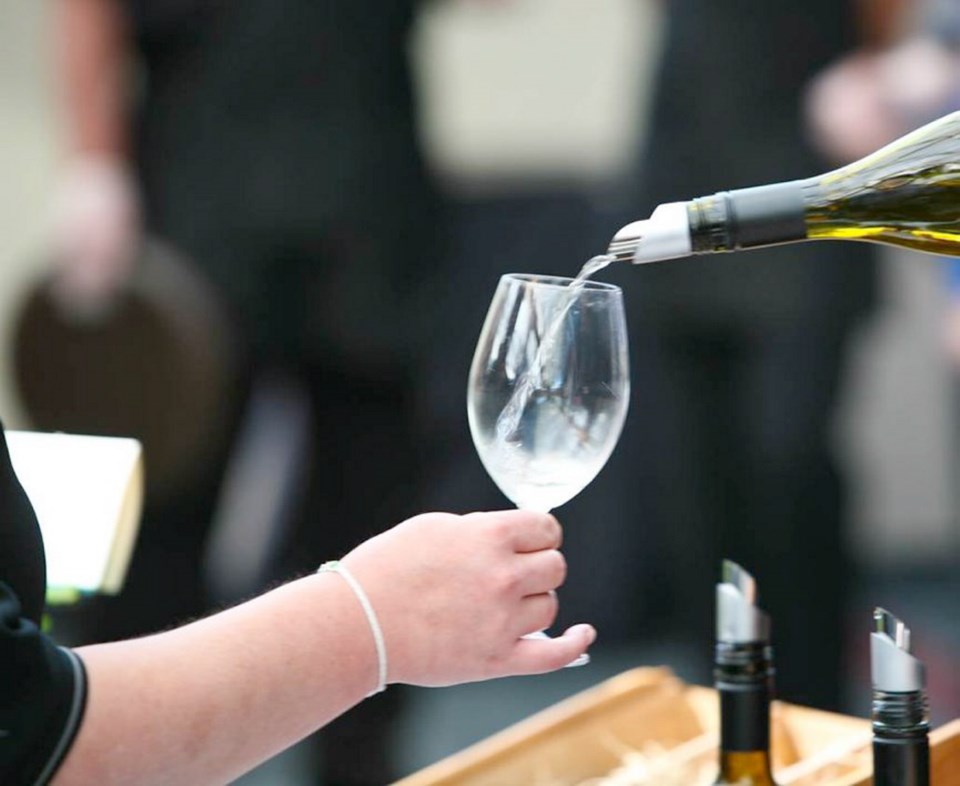Governments could do a far better job at reducing alcohol-related harms, according to new reports from UVic’s Canadian Institute for Substance Use Research.
The cost of harms related to alcohol use are “off the radar,” said Tim Stockwell, CISUR director, primary investigator and psychology professor at UVic.
Many government policies designed to cut red tape, improve customer convenience or make it easier for alcohol producers to get to market are linked to increased consumption, he said.
“B.C. has led the way over the last four years in increases in alcohol consumption in the country in terms of the rate at which consumption has gone up.
“We’ve looked at the impacts of that on harms that are attributable to alcohol: so hospital admissions [and] deaths attributable to alcohol have all gone up in parallel with those increases.”
Those costs are substantial and far outstrip the opioid epidemic, he said.
“Alcohol has surpassed tobacco in terms of being the most costly drug in Canada when it comes to harms,” Stockwell said.
“It exceeds tobacco in terms of impacts on years of life lost before the age of 65.”
The estimated economic cost of alcohol in 2014 for health care, policing, lost productivity and other areas was $14.6 billion, while net revenues brought in from alcohol sales was $10.9 billion.
A team of researchers from CISUR and Toronto’s Centre for Addictions and Mental Health issued two reports Wednesday on provincial, territorial and federal government alcohol policies.
Researchers looked at 11 alcohol-policy areas, including availability, pricing and taxation, and health and safety messaging.
Some key recommendations for provinces and territories include:
• Introduce a minimum price of $1.75 per standard drink for liquor-store sales and $3.50 per standard drink for bars and restaurants, indexed annually to the cost of living.
• Increase enforcement of impaired driving using civil penalties, especially in the territories.
• Introduce independent monitoring of alcohol promotions, including both social and other media.
• Introduce risk-based licensing programs to target high-risk bars and clubs that generate the most impaired driving and violent incidents.
• Greater investment in public education about the risks of alcohol, including mandatory warning labels on alcohol containers, to create a more supportive climate for enacting effective policies.
• Reconsider recent trends to treat alcohol as an ordinary commodity to be sold alongside food and other grocery items as this leads to greater consumption.
Stockwell noted that there are many areas where jurisdictions are doing well and all the jurisdictions can learn from each other.
He cited as an example Manitoba’s pricing system, which sets minimum alcohol prices according to alcohol content.
“These things are feasible. They’re achievable. We’ve made them very specific and we can support people in trying to implement them,” he said.



